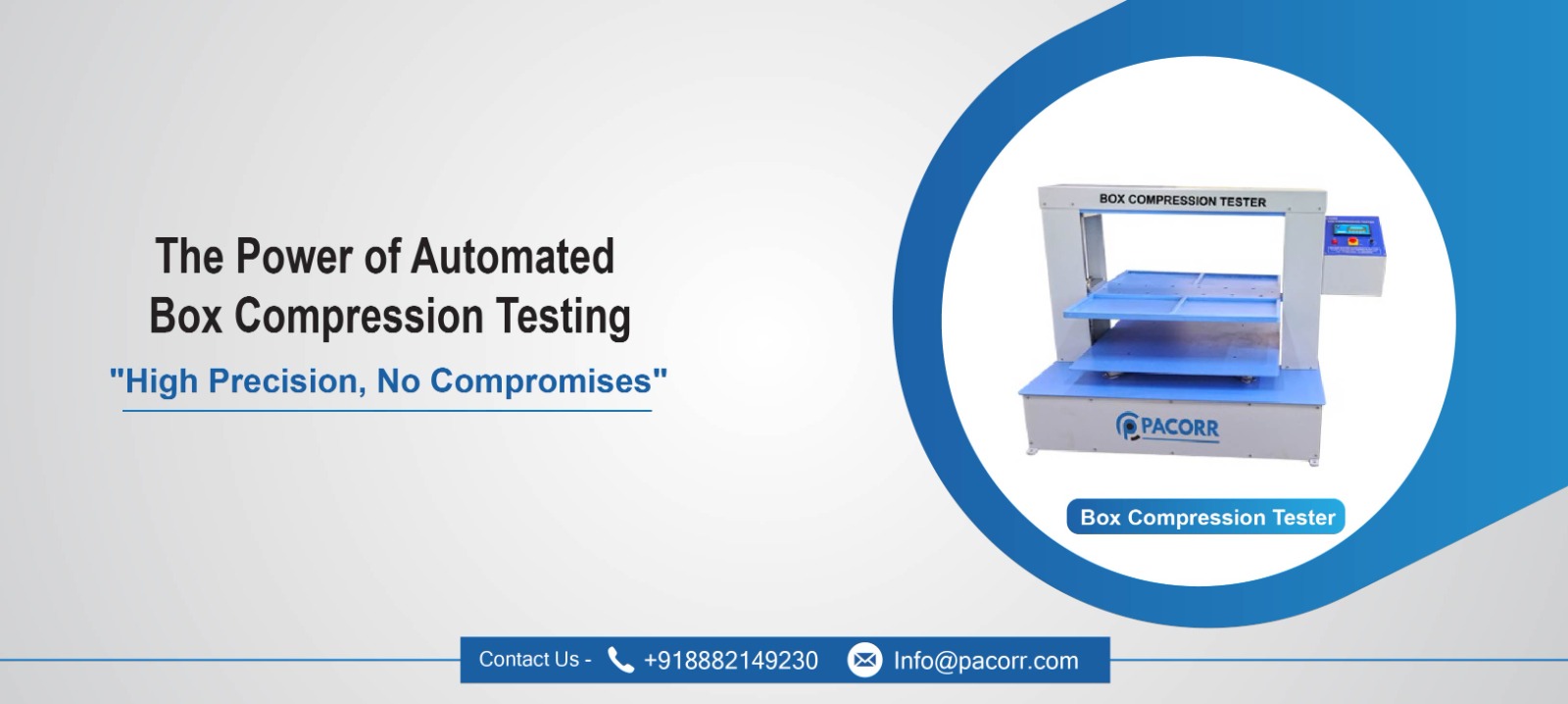
 In the Industry of packaging, ensuring the integrity and durability of boxes is crucial to safeguarding the contents they carry during transportation and handling. Box compression testing serves as a fundamental method to evaluate the strength and resilience of these containers. Among the numerous standards guiding this testing procedure, the EN ISO 12048 standard plays a pivotal role in ensuring quality and consistency in box compression testing.
In the Industry of packaging, ensuring the integrity and durability of boxes is crucial to safeguarding the contents they carry during transportation and handling. Box compression testing serves as a fundamental method to evaluate the strength and resilience of these containers. Among the numerous standards guiding this testing procedure, the EN ISO 12048 standard plays a pivotal role in ensuring quality and consistency in box compression testing.
Importance of Box Compression Testing
Before delving into the specifics of EN ISO 12048, it's essential to grasp the significance of box compression testing. Boxes endure various stresses in their lifecycle - from being stacked in warehouses to enduring the weight of other packages during transit. Box compression testing simulates these real-world scenarios by applying force to the box until it deforms or collapses. This process helps determine the maximum weight a box can support before failing, providing insights into its structural strength and durability.
Understanding EN ISO 12048 Standard
EN ISO 12048, adopted from the International Organization for Standardization (ISO), outlines the procedure for conducting box compression tests. It establishes standardized methods for assessing the stacking strength of corrugated and solid fiberboard boxes. Compliance with this standard ensures uniformity in testing methodologies, allowing for reliable and comparable results across different testing facilities and manufacturers.
Test Setup and Procedure
The EN ISO 12048 standard delineates the testing apparatus, specimen preparation, and testing protocol for conducting box compression tests. It specifies the dimensions of the test equipment, including the compression plates and the rate at which force should be applied. Moreover, it provides guidelines for sample preparation, such as conditioning the boxes at specified temperature and humidity levels to simulate real-world storage conditions.
During the test, the box is placed between the compression plates, and force is gradually applied until the box collapses or reaches a predetermined deformation threshold. The maximum force sustained by the box before failure is recorded as its compression strength.
Ensuring Quality and Reliability
Adhering to EN ISO 12048 ensures the reliability and consistency of box compression testing. By following standardized procedures, manufacturers and testing laboratories can obtain accurate and comparable results, enabling them to assess and improve the structural integrity of packaging materials. Consistency in testing methodologies also facilitates better communication between suppliers and customers regarding packaging specifications and quality standards.
Industry Impact and Benefits
The implementation of EN ISO 12048 has a significant impact on the packaging industry. It aids in enhancing the quality of packaging materials, reducing the risk of damage to goods during transit, and minimizing associated costs due to product loss or returns. Additionally, it promotes innovation in packaging design by providing insights into material performance, ultimately leading to the development of more robust and sustainable packaging solutions.
EN ISO 12048 stands as a cornerstone in the realm of box compression testing, guiding standardized procedures to assess the stacking strength of boxes. By adhering to this standard, manufacturers, testing laboratories, and stakeholders ensure the reliability, consistency, and quality of packaging materials, fostering improved product protection and reduced environmental impact. Embracing this standard not only fortifies packaging quality but also contributes to the efficiency and sustainability of supply chains worldwide.
Thanks to Pacorr Testing instruments, we have all the required quality testing instruments that have helped us to ensure the best quality delivered to our clients.

Danish
Fair Exports Pvt. Ltd.

